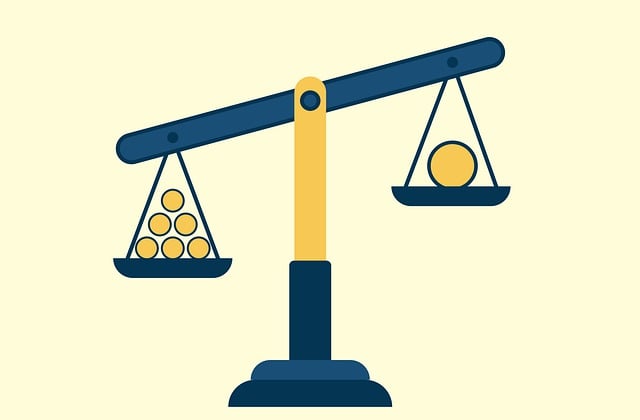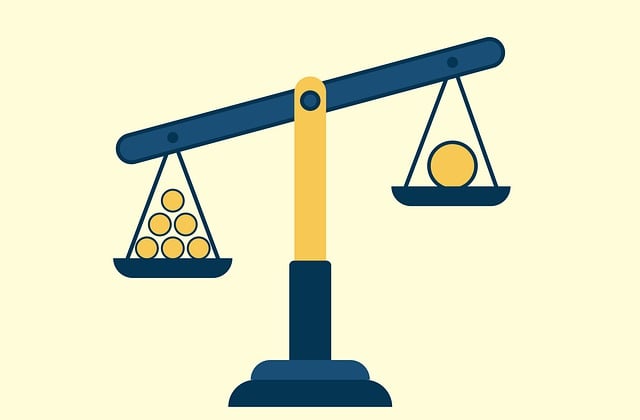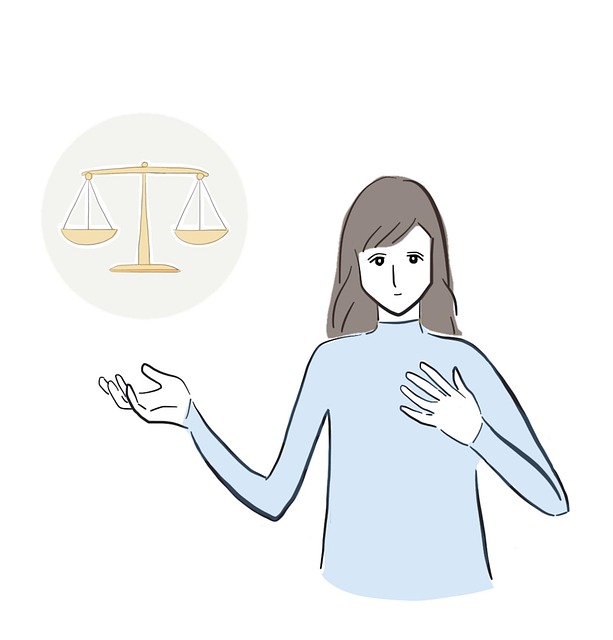Bicycle accident settlements are determined by the severity of injuries and property damage, impacting compensation amounts significantly. This includes medical bills, rehabilitation costs, lost wages, pain and suffering, and reduced quality of life. Legal experts specializing in bicycle accidents are crucial to navigate complex cases, ensuring victims receive fair redress for permanent disabilities and long-term care needs. Understanding these factors and engaging legal counsel is vital for just compensation, especially with non-economic losses and potential contract disputes.
In the realm of bicycle accidents, understanding what inflates settlement compensation is paramount for both victims and legal professionals. This article dissects the key factors driving up injury claims, offering insights into a complex landscape. We explore how the severity of injuries and associated damages, liability determinations, and regional legal landscapes significantly shape settlement amounts. By delving into these aspects, we provide a comprehensive guide to navigating bicycle accident settlements, empowering individuals to recognize their entitlements in this intricate process.
- Severity of Injuries and Damages
- – The impact of severe injuries on settlement amounts
- – Types of damages eligible for compensation
Severity of Injuries and Damages

The severity of injuries sustained in a bicycle accident is a significant factor in determining the compensation amount in bicycle accident settlement cases. Severe or permanent disabilities, such as head trauma, broken bones, or spinal injuries, will undoubtedly lead to higher damages. These types of injuries often result in extensive medical bills, prolonged rehabilitation, and potential long-term care requirements, all of which are considered when calculating a fair settlement. The impact on an individual’s quality of life is also taken into account; this includes physical pain and suffering, loss of enjoyment of life activities, and any impairment to their ability to work or perform daily tasks.
Furthermore, the extent of property damage plays a role in accident settlements. This can include the cost of repairing or replacing bicycles, clothing, and other personal items damaged in the accident. In cases where the bicycle is totaled, the market value of the bike becomes a substantial component of the compensation claim. Additionally, if the accident led to any indirect costs, such as travel expenses for medical treatment or lost wages due to time off work, these can also be factored into the overall settlement amount. Understanding the severity of injuries and damages is crucial when navigating bicycle accident settlements, especially in contract disputes or dealing with caregiver abuse cases, where meticulous documentation and legal counsel are essential.
– The impact of severe injuries on settlement amounts

In bicycle accidents resulting in severe injuries, settlement compensation amounts tend to be significantly higher compared to less serious incidents. The extent and nature of injuries play a pivotal role in determining the financial redress. When a cyclist suffers from permanent disabilities, extensive medical bills, or prolonged rehabilitation requirements, these factors contribute to a stronger case for increased compensation. Such injuries can have profound physical and emotional impacts on the victim’s life, leading to higher legal demands.
Involving a car accident lawyer specializing in bicycle accidents is crucial here. They can help navigate the complexities of personal injury claims and ensure that victims receive fair compensation. Elder law experts or car accident attorneys with experience in similar cases can assess the damages, including lost wages, pain and suffering, medical expenses, and potential future care needs, to build a compelling argument for higher settlement amounts.
– Types of damages eligible for compensation

When it comes to bicycle accidents, understanding what increases settlement compensation is crucial for victims seeking justice and fair bicycle accident settlement. In such cases, various types of damages are eligible for compensation, ensuring that individuals affected by these incidents receive comprehensive support during their recovery. This includes both economic and non-economic losses.
Economic damages refer to tangible expenses directly related to the accident. These can encompass medical bills, hospital stays, rehabilitation costs, lost wages due to injury, and even property damage to the bicycle. Non-economic damages, on the other hand, are more subjective and include pain and suffering, emotional distress, and reduced quality of life. In cases involving medical malpractice or severe injuries, these non-economic damages can significantly impact the final accident compensation. Additionally, if a partnership disagreement arises from an accident (e.g., between a cyclist and their mechanic), this could also be considered in settlement negotiations, further emphasizing the need for thorough legal counsel.
In conclusion, the amount of a bicycle accident settlement compensation is significantly influenced by the severity of injuries sustained and the associated damages. Severe injuries often lead to higher settlements due to the potential for long-term medical care needs and reduced quality of life. Understanding what damages are eligible for compensation, such as medical expenses, pain and suffering, and lost wages, is crucial in navigating the process. By recognizing these factors, individuals involved in bicycle accidents can better appreciate their rights and seek fair compensation for their experiences.






